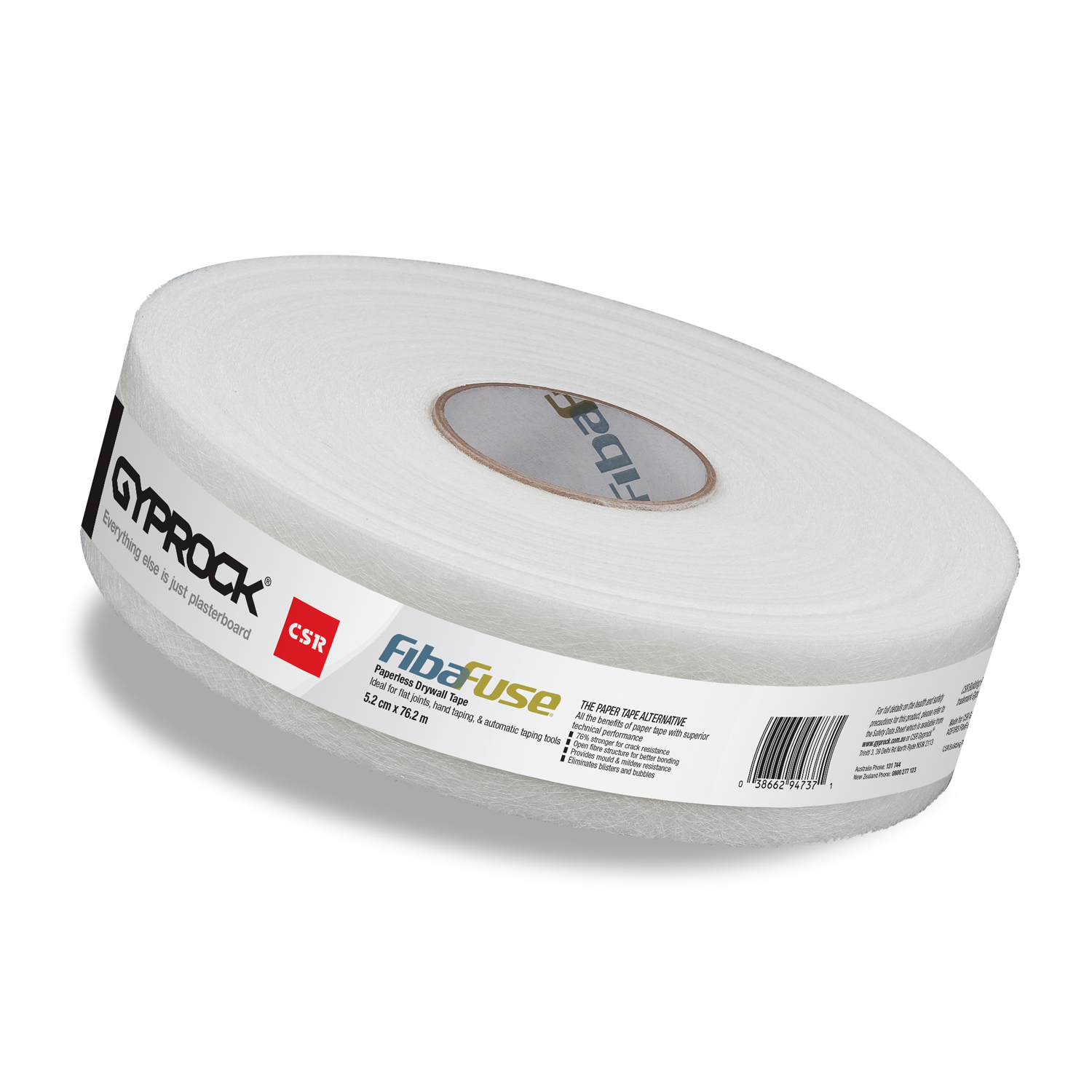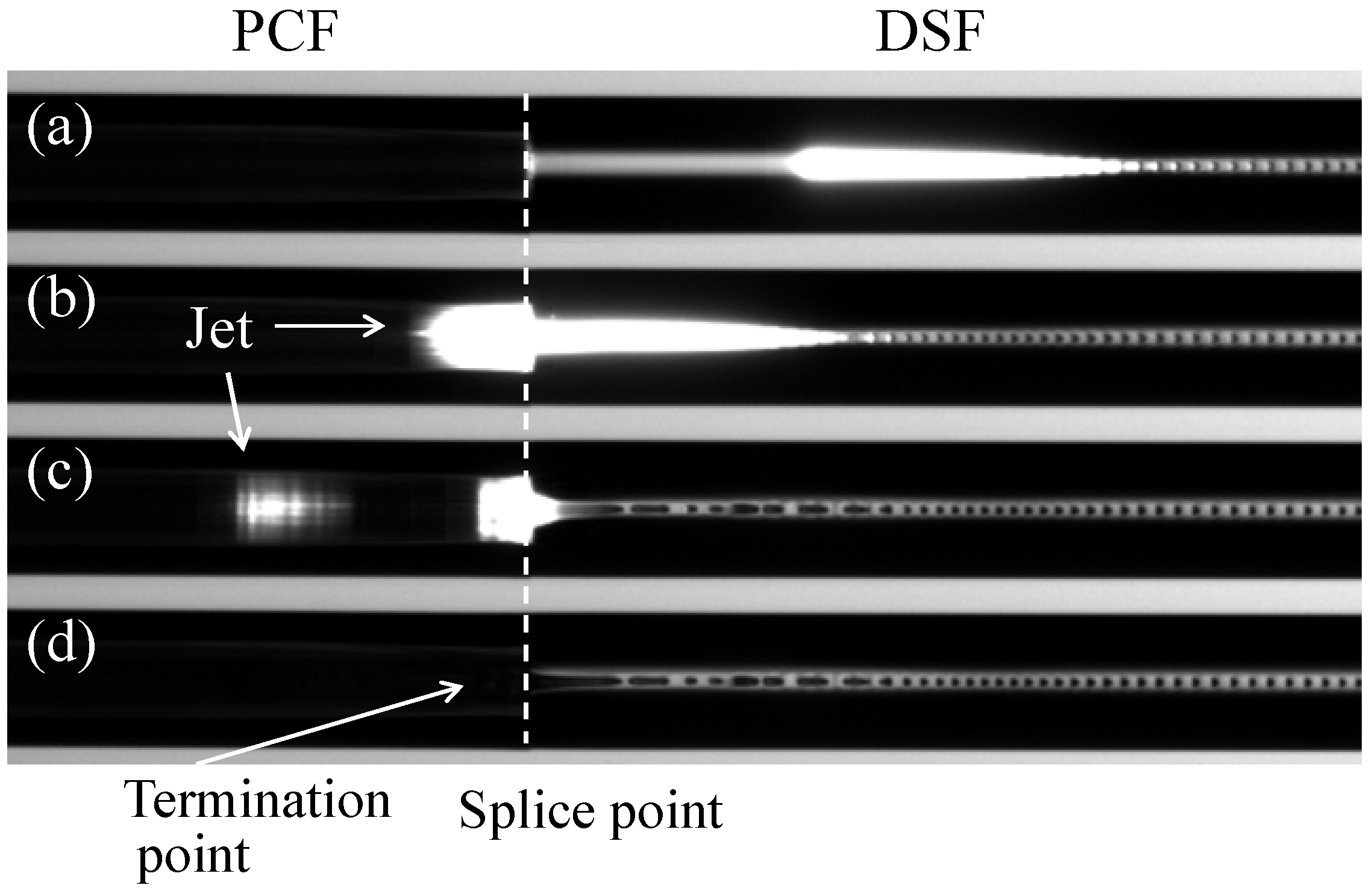Contents

Source: Gyprock
Understanding Fiber Fuse in Optical Fibers
Introduction to Fiber Fuse
Optical fibers are widely used for transmitting light signals over long distances with minimal loss. Despite their efficiency, they are susceptible to a phenomenon known as fiber fuse. This occurs due to the high optical intensities within the small mode areas of the fibers, which can lead to significant damage if not properly managed.
How Fiber Fuse Occurs
The fiber fuse effect is initiated when a laser beam is launched into an optical fiber. If the fiber end is not clean, it can easily be damaged. Surprisingly, the phenomenon can also start from the output end of the fiber. A bright white spot is often visible, indicating the formation of a hot plasma at the fiber end. This plasma can then propagate back towards the input end at speeds of several meters per second.

In standard single-mode fibers, fiber fuse can occur at power levels below 1 watt if triggered by an external factor, such as a burning dust particle. The underlying mechanism involves the sharp increase in silica absorption losses at temperatures exceeding 1000 °C.
Impact on Telecommunications
Fiber fuse poses a significant risk to telecommunications systems, where a single failure can lead to the destruction of kilometers of fiber. This is a critical issue for fiber-optic links with high transmission capacities. To mitigate this risk, one strategy is to reduce the cladding diameter at specific points, which can help stop the propagation of the fiber fuse.
High-Power Fiber Amplifiers and Fiber Fuse
High-power fiber amplifiers are particularly vulnerable to fiber fuse. Ensuring device reliability requires implementing appropriate preventative measures. This includes maintaining cleanliness at the fiber ends and monitoring the power levels to prevent overheating.
Conclusion
Fiber fuse is a critical issue in the field of optical communications, with the potential to cause extensive damage if not properly managed. Understanding its mechanisms and implementing preventive measures are essential for maintaining the reliability and efficiency of fiber-optic systems.

Source: MDPI
Feel free to comment your thoughts.



